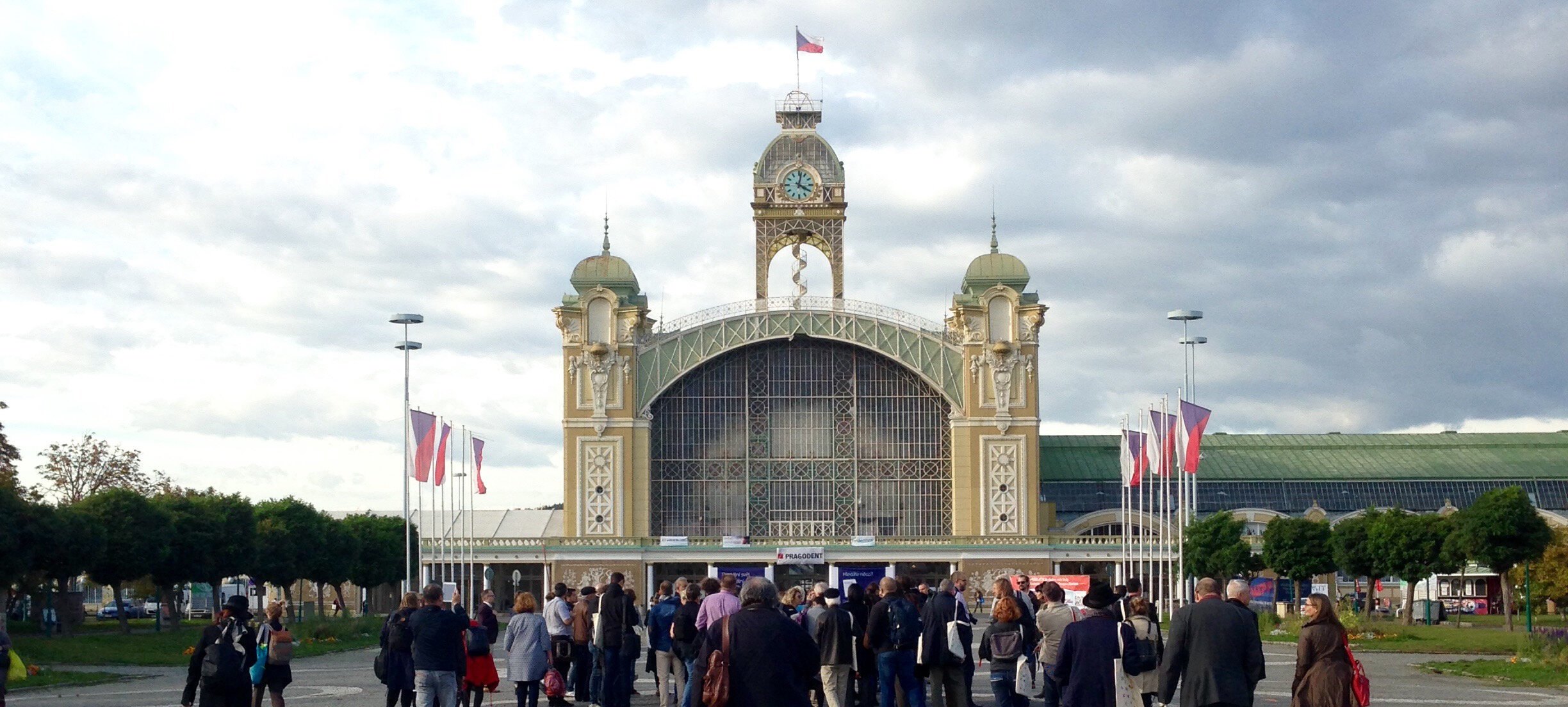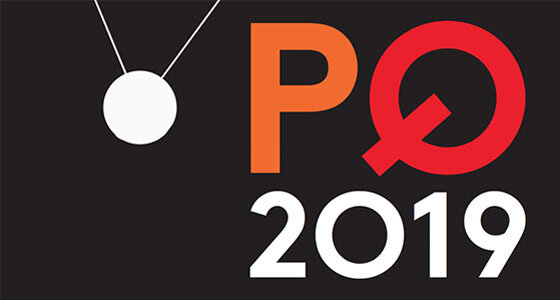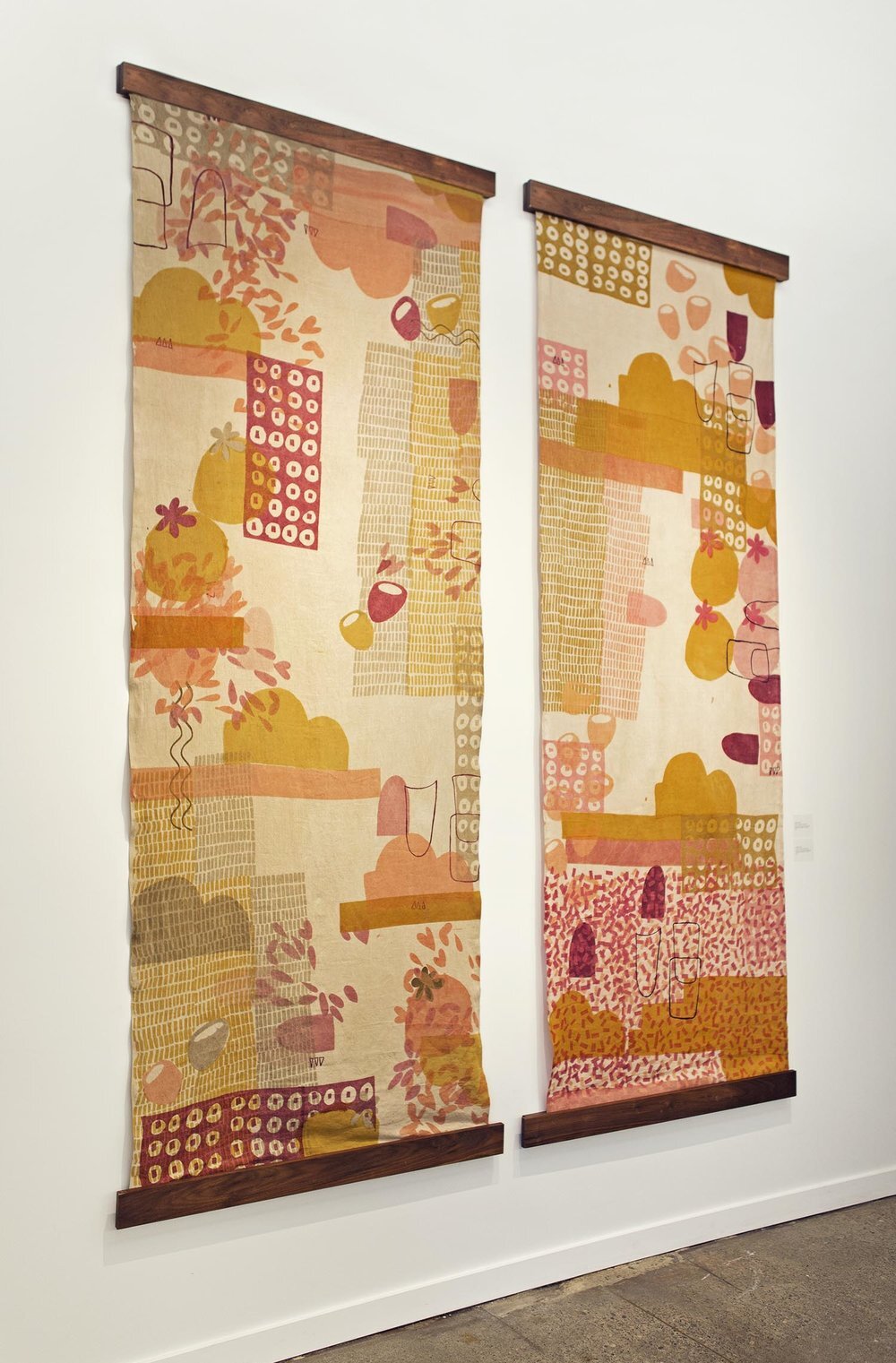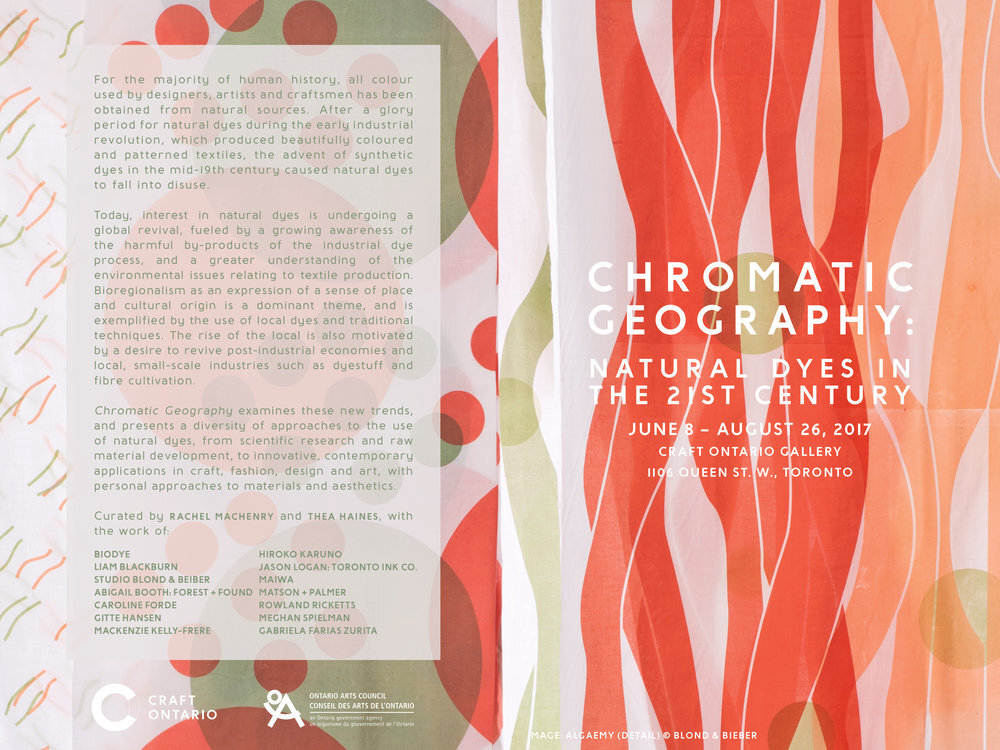I am very excited to share that I will be instructing a special Natural Dye Workshop this summer during the Prague Quadrennial through the PQ Studio Workshops and Masterclasses programming!
The Prague Quadrennial of Performance Design and Space invites proposals for Workshops and Masterclasses as part of PQ Studio (formerly Scenofest and SpaceLab) that will take place in Prague, 6-16 June 2019. Proposals are accepted from a broad spectrum of applicants, including professionals and emerging designers, design educators and arts administrators.
The Prague Quadrennial of Performance Design and Space was established in 1967 to bring the best of design for performance, scenography, and theatre architecture to the front line of cultural activities to be experienced by professional and emerging artists as well as the general public. The quadrennial exhibitions, festivals, and educational programs act as a global catalyst of creative progress by encouraging experimentation, networking, innovation, and future collaborations. PQ aims to honor, empower and celebrate the work of designers, artists and architects while inspiring and educating audiences, who are the most essential element of any live performance.
Workshops and Masterclasses will give an opportunity for emerging designers, young artists, and those interested in expanding their craft to learn from the international gathering of industry-leading practitioners attending PQ 2019. These include explorations across all design disciplines (including set/space, sound, lighting, costume, projection, experience) as well as intensives in technical skills, stage management, and arts administration.
Find out about PQ and the other workshops on their website.
PQ Studio: Festival is a survey of theatre works by students and beginning professionals from around the world. It is an extraordinary opportunity where students and young artists can confront their work with that of their peers from different cultural backgrounds. Audiences are given a unique chance to see a wide range of contemporary work from various continents. In addition, this opportunity for the participating artists to find mutual inspiration and make new contacts may in the future contribute to the creation of new and original theatre projects.
CURATOR: Patrick Du Wors
This will be my first visit to Prague, naturally I am over the moon! I have heard lots of great things about this festival through many theater friends.
-Caroline-
CHROMATIC GEOGRAPHY: NATURAL DYES IN THE 21ST CENTURY
OPENING RECEPTION, THURSDAY, JUNE 8, 6 – 9 PM
PANEL DISCUSSION, FRIDAY, JUNE 9, 5 - 6 PM
CRAFT ONTARIO GALLERY
1106 QUEEN ST. W., TORONTO
SHOW CLOSES AUGUST 26th
For the majority of human history, all colour used by designers, artists and craftsmen has been obtained from natural sources. Dyes were solely derived from plants, insects and minerals, with many that were difficult to source and process, making them highly prized commodities. After a glory period for natural dyes during the early industrial revolution, which produced beautifully coloured and patterned textiles, the advent of synthetic dyes in the mid-19th century caused natural dyes to fall into disuse.
Today, interest in natural dyes is undergoing a global revival, fueled by a growing awareness of the harmful by-products of the industrial dye process, and a greater understanding of the environmental issues relating to textile production. A new generation of environmentally conscious artists and designers are exploring the use of natural dyes while re-examining regional production, often within the context of a “DIY” approach to life and work. Bioregionalism as an expression of a sense of place and cultural origin is a dominant theme, and is exemplified by the use of local dyes and traditional techniques. The rise of the local is also motivated by a desire to revive post-industrial economies and local, small-scale industries such as dyestuff and fibre cultivation. Moreover, science and innovation in commercial applications of natural colour belie dismissive misconceptions about larger-scale applications.
Chromatic Geography examines these new trends, and presents a diversity of approaches to the use of natural dyes, from scientific research and raw material development, to innovative, contemporary applications in craft, fashion, design and art, with personal approaches to materials and aesthetics.
Laura Sansone will join us for the opening reception from New York with her Mobile Textile Lab, demonstrating how to extract natural dye colour from plants. These dye solutions will then become part of the Chromatic Geography exhibition, providing a solar dye system in the front window of the gallery for the duration of the exhibition. As well, a member of Upper Canada Fibreshed will be in the gallery demonstrating hand spinning, using Ontario-grown fleece dyed with natural dyes.
I am so overjoyed and honored to be apart of this fantastic show. A big thanks to Thea Haines and Rachel MacHenry for curating and organizing this show. And of course a big thank you to Craft Ontario for allowing the time and space to have all this important work and conversation unfold.
Here are some images of my work from the show.
Thanks, Christa Guila for taking these great shots!





